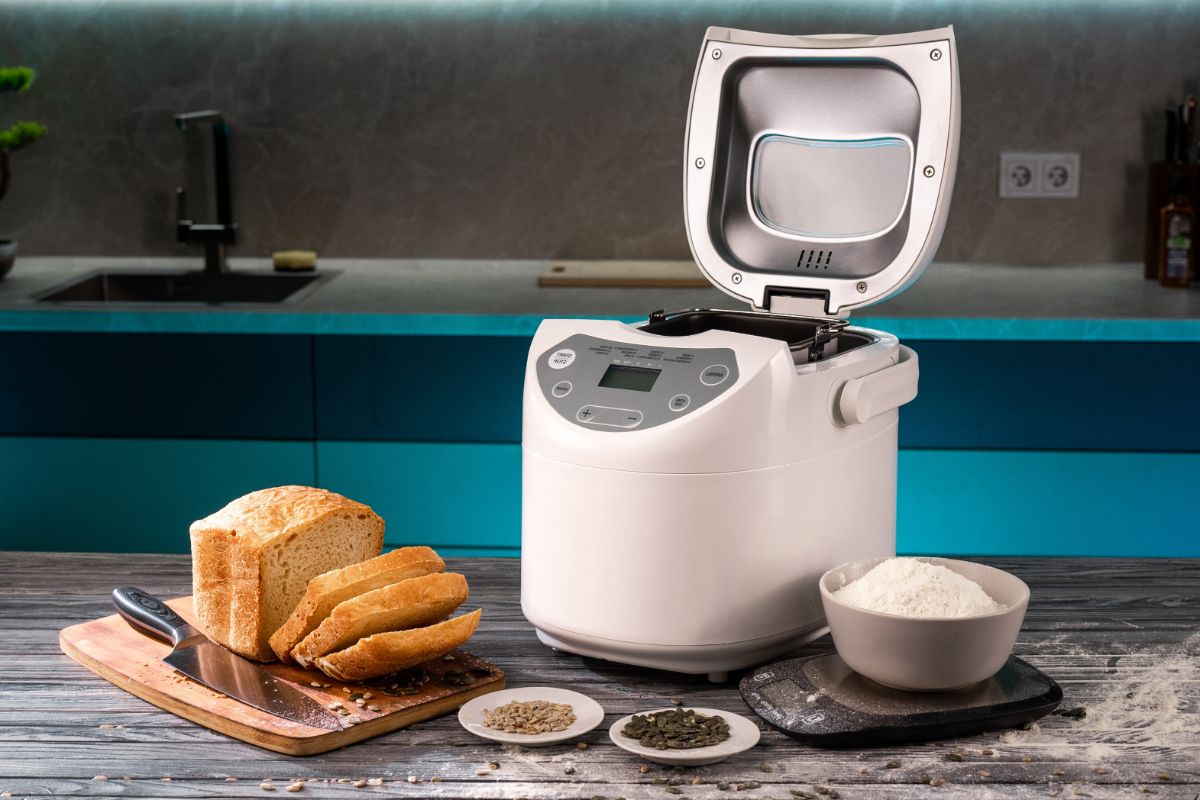

Articles
How To Use The Bread Machine
Modified: February 28, 2024
Learn how to use the bread machine with these helpful articles. Discover step-by-step instructions and expert tips for delicious homemade bread.
(Many of the links in this article redirect to a specific reviewed product. Your purchase of these products through affiliate links helps to generate commission for Storables.com, at no extra cost. Learn more)
Introduction
Welcome to the wonderful world of bread making with a bread machine! Whether you’re a novice in the kitchen or an experienced baker, using a bread machine can make the process of baking homemade bread easier and more convenient. With just a few simple steps, you can have fresh, delicious bread ready to enjoy in no time.
In this article, we will guide you through the process of using a bread machine, from getting started to troubleshooting common issues. We’ll also share tips and tricks for achieving the perfect loaf of bread, every time.
Using a bread machine not only saves you time but also ensures consistent results. No more kneading dough by hand or waiting for hours for the dough to rise. With a bread machine, you can simply add the ingredients, select the appropriate settings, and let the machine do the work for you.
Whether you’re craving a classic white loaf, a hearty whole wheat bread, or a flavorful artisanal creation, a bread machine can help you achieve bakery-quality results from the comfort of your own kitchen. So let’s get started!
Key Takeaways:
- Embrace the convenience and versatility of using a bread machine to effortlessly create bakery-quality bread from the comfort of your own kitchen. Say goodbye to kneading and waiting, and hello to delicious homemade loaves with minimal effort.
- Master the art of bread making by selecting the right ingredients, measuring accurately, and experimenting with different bread cycles and mix-ins. With practice and creativity, you can achieve the perfect loaf every time and enjoy the delightful process of baking.
Read more: How To Use A Breadman Bread Machine
Getting Started with Your Bread Machine
Before using your bread machine, it’s important to familiarize yourself with its features and settings. Each machine may have slightly different functions, so be sure to read the instruction manual provided with your specific model. Here are some general steps to help you get started:
- Find a suitable location: Place your bread machine on a sturdy, level surface away from heat sources or water.
- Assemble the machine: Follow the instructions to assemble any removable parts, such as the bread pan and kneading paddle.
- Plug in the machine: Connect the bread machine to a power source and ensure it’s properly grounded.
- Add ingredients: Start by adding the liquid ingredients, such as water or milk, followed by dry ingredients, such as flour, salt, sugar, and yeast. Be sure to follow the recipe instructions for the specific order.
- Close the lid: Securely close the lid of the bread machine.
- Select the desired settings: Most bread machines have a variety of settings, including the type of bread, crust color, and loaf size. Choose the appropriate settings for your desired bread.
- Start the machine: Press the start button to begin the bread-making process.
- Monitor the progress: Keep an eye on the machine during the kneading and rising cycles to ensure everything is progressing smoothly.
- Enjoy your freshly baked bread: Once the baking cycle is complete, carefully remove the bread pan from the machine and let the bread cool before slicing and enjoying.
Remember that each bread machine may have its own unique features, so it’s important to refer to the manufacturer’s instructions for the specific details of your machine. With a little practice, you’ll become more comfortable with using your bread machine and can start experimenting with different recipes and flavors.
Now that you’re familiar with the basic steps for getting started, let’s move on to choosing the right ingredients for your bread machine.
Choosing the Right Ingredients
The key to baking delicious bread lies in selecting the right ingredients for your bread machine. Here are some important factors to consider:
- Flour: Choose a high-quality bread flour for optimal results. Bread flour has a higher protein content, which helps create a strong gluten structure in the dough and gives the bread its desirable texture.
- Yeast: Use active dry yeast or instant yeast specifically formulated for bread machines. These types of yeast are designed to provide consistent rising and flavor development in bread dough.
- Liquid: The type of liquid used, such as water, milk, or a combination of both, can greatly influence the flavor and texture of the bread. Experiment with different liquids to achieve your desired results.
- Sugar: Sugar acts as a food source for the yeast and gives the bread a slightly sweet flavor. Common options include granulated sugar, honey, or even molasses for a richer taste.
- Salt: Salt is essential for flavor balance in bread. It helps enhance the taste of other ingredients and controls the fermentation process. Use the recommended amount of salt specified in the recipe.
- Fat: Adding fat, such as butter, oil, or even a small amount of mashed potatoes, can improve the texture and flavor of the bread. It also helps keep the bread moist and extends its shelf life.
- Additional ingredients: Consider incorporating mix-ins like nuts, seeds, dried fruits, or herbs to add extra flavor and texture to your bread. Be sure to follow the recipe guidelines for the appropriate amounts.
When choosing ingredients, always follow the recipe provided with your bread machine. The measurements and ingredient ratios are designed to work specifically with your machine’s settings and ensure the best results.
Now that you know how to choose the right ingredients, let’s move on to the next step: measuring ingredients accurately.
Measuring Ingredients Accurately
Accurate measurement of ingredients is crucial for successful bread making. Even small variations can affect the texture and taste of your bread. Here are some tips for measuring ingredients accurately:
- Use measuring cups and spoons: Invest in a set of good quality measuring cups and spoons to ensure accurate measurements. Avoid using regular kitchen utensils as they may not provide precise measurements.
- Fluff and spoon flour: Before measuring flour, fluff it with a fork or spoon to break up any clumps. Then, spoon the flour into the measuring cup and level it off with a straight edge. Avoid scooping flour directly from the container as it can lead to packed cups and dry bread.
- Weigh ingredients: For even more precise measurements, consider using a kitchen scale. Weighing ingredients, especially flour, yeast, and sugar, can yield consistent results every time.
- Level off other dry ingredients: When measuring ingredients like salt, sugar, or spices, use the back of a knife to level off the excess and ensure accurate amounts.
- Measure liquids at eye level: When measuring liquids, place the measuring cup on a flat surface and bend down to check that the liquid aligns with the appropriate markings on the cup.
- Use the tare function: If you are using a kitchen scale, make use of the tare function to zero out the weight of the container. This allows you to measure only the weight of the ingredients you are adding.
Remember, precision in measuring ingredients is the key to consistent and successful bread making. By following these tips, you can ensure that your bread comes out perfectly every time.
Now that you know how to measure ingredients accurately, let’s move on to the next step: selecting the correct bread cycle for your bread machine.
Selecting the Correct Bread Cycle
Choosing the right bread cycle on your machine is essential for achieving the desired texture and flavor of your bread. Bread machines typically offer a variety of cycles, each tailored to different types of bread. Here are some common bread cycles to consider:
- Basic/White Bread: This cycle is suitable for making simple white bread. It typically includes a longer kneading time and longer rising and baking times.
- Whole Wheat: If you’re using whole wheat or whole grain flour, select this cycle. The longer kneading and rising times help develop the gluten in the denser whole wheat dough.
- Sweet Bread: This cycle is designed for bread recipes that contain higher amounts of sugar, honey, or other sweeteners. It includes shorter rising times to prevent the bread from sinking in the center.
- French Bread: Choose this cycle for making crusty French bread. It includes a longer rising time and a higher baking temperature to achieve the signature crisp crust.
- Dough Cycle: If you prefer shaping and baking your bread in the oven, use the dough cycle to prepare the dough. Once the dough is ready, remove it from the machine, shape it, and proceed with the desired baking method.
- Gluten-Free: Many bread machines offer a gluten-free cycle, which has specific settings for gluten-free bread recipes. This cycle typically involves shorter rising and baking times to prevent the bread from becoming too dense.
When selecting the bread cycle, keep in mind the type of bread you want to make and follow the guidelines provided in your bread machine’s instruction manual. Some machines allow you to customize certain settings, such as crust color and loaf size, to suit your preferences.
Experiment with different bread cycles to find the one that produces the best results for your favorite recipes. Don’t be afraid to try new cycles and recipes to discover exciting flavors and textures.
Now that you know how to select the correct bread cycle, let’s talk about adding mix-ins and flavorings to take your bread to the next level.
Add the wet ingredients first, followed by the dry ingredients, and then the yeast on top. This will help ensure that the yeast doesn’t come into contact with the liquid too soon, which can affect the rising process.
Read more: How To Slice Bread Using A Bread Machine
Adding Mix-Ins and Flavorings
One of the great advantages of using a bread machine is the ability to easily incorporate various mix-ins and flavorings into your bread. Whether you want to add nuts, seeds, dried fruits, or herbs, these additions can take your bread to a whole new level of taste and texture. Here are some tips for adding mix-ins and flavorings to your bread:
- Kneading stage: Most bread machines have an audible signal or indicator that signals when it’s time to add mix-ins. This usually occurs during the kneading stage, so pay attention to the machine’s prompts.
- Prep ingredients beforehand: Prepare your mix-ins beforehand by chopping them into the desired size. This helps ensure even distribution throughout the dough.
- Add ingredients gradually: When adding mix-ins, such as nuts or seeds, it’s best to add them gradually during the kneading process to prevent them from sinking to the bottom of the loaf.
- Avoid large chunks: Chop larger mix-ins, like dried fruits or chocolate chips, into smaller pieces to prevent them from affecting the rise of the bread or creating uneven texture.
- Timing: Some machines have specific timing suggestions for adding mix-ins based on the recipe. Follow the instructions provided with your bread machine for the best results.
- Experiment with flavors: Don’t be afraid to get creative with flavorings like herbs, spices, or extracts. Add them to the dough during the initial mixing stage for a subtle infusion of flavor.
Adding mix-ins and flavorings to your bread allows for endless possibilities and customization. Explore different combinations and experiment with ingredients to find your own unique creations.
Now that you know how to add mix-ins and flavorings, let’s move on to some baking tips and tricks to help you achieve the perfect loaf every time.
Baking Tips and Tricks
To ensure that your bread comes out perfectly every time, here are some baking tips and tricks to keep in mind:
- Follow the recipe: While it’s fun to experiment with different flavors and ingredients, it’s important to follow the recipe as a starting point. This includes measurements, ingredient order, and recommended settings for your specific bread machine.
- Check dough consistency: Pay attention to the dough consistency during the kneading cycle. If it seems too wet or dry, adjust by adding small amounts of flour or liquid as needed. The goal is to achieve a slightly tacky and elastic dough.
- Avoid opening the lid: While it can be tempting to check on the bread’s progress, try not to open the lid during the baking cycle. Opening the lid can cause a drop in temperature and disrupt the baking process.
- Remove the kneading paddle: To prevent a large hole in the bottom of the loaf, remove the kneading paddle after the final kneading cycle but before the baking begins. Most bread machines have a signal to indicate when it’s time to remove the paddle.
- Use the timer function: Many bread machines have a timer function that allows you to delay the start of the baking cycle. This can be useful for setting the machine to have fresh bread ready for you in the morning or after work.
- Let the bread cool: Once the bread has finished baking, remove it from the pan and place it on a wire rack to cool. Allowing the bread to cool completely before slicing helps it retain moisture and prevents it from becoming soggy.
Remember, practice makes perfect. Don’t be discouraged if your first few loaves don’t turn out exactly as you hoped. With time and experience, you’ll develop a better understanding of your bread machine and how to achieve the results you desire.
Now that you have some handy baking tips and tricks at your disposal, let’s move on to troubleshooting common issues that may arise during the bread-making process.
Troubleshooting Common Issues
While using a bread machine can be a convenient way to bake bread, you may encounter some common issues along the way. Here are some troubleshooting tips for addressing these problems:
- Dense or heavy loaf: This issue is often caused by using too much flour or insufficient yeast. Ensure that you are measuring ingredients accurately and using the recommended amounts. Additionally, check the expiration date on your yeast to ensure its freshness.
- Sunken loaf: A loaf that sinks in the middle can be a result of overproofing or using too much liquid. Make sure to follow the recommended rising times and carefully measure the liquid ingredients to avoid an overly moist dough.
- Crumbly or dry loaf: Using too much flour or not enough liquid can result in a dry or crumbly texture. Double-check your measurements and adjust accordingly. You can also try adding a little more fat, such as butter or oil, to the dough for added moisture.
- Unevenly baked bread: If your bread is not evenly baked, it may be due to an issue with the heating element in your bread machine. Ensure that the heating element is functioning properly and that the bread pan is properly seated in the machine.
- Bread sticking to the pan: To prevent bread from sticking to the pan, make sure to properly grease the bread pan before adding the dough. You can use cooking spray or brush the pan with oil or butter.
- Excessive crust color: If the crust of your bread becomes too dark or burns, it may be helpful to adjust the crust color setting on your bread machine to a lighter setting. You can also cover the loaf with aluminum foil halfway through the baking process to prevent further browning.
Remember that troubleshooting requires some trial and error. Each bread machine and recipe is unique, so it may take a few attempts to identify and resolve specific issues. The more you become familiar with your bread machine and its quirks, the better equipped you’ll be to troubleshoot and make adjustments.
Now that you’re armed with troubleshooting knowledge, let’s move on to cleaning and maintaining your bread machine to keep it in top shape.
Cleaning and Maintaining Your Bread Machine
Proper cleaning and maintenance of your bread machine are essential for its longevity and optimal performance. Here are some tips to help you keep your machine clean and in good working condition:
- Clean after each use: After each use, make sure to remove the bread pan, kneading paddle, and any other removable parts from the machine. Wash these parts with warm, soapy water and dry them thoroughly before reassembling.
- Wipe the machine: Use a damp cloth to wipe the exterior of the machine, paying attention to any areas that may have collected flour or residue. Be sure to unplug the machine before cleaning.
- Avoid using abrasive cleaners: Stick to mild dish soap and water for cleaning the removable parts and the exterior of the machine. Avoid using harsh or abrasive cleaners, as they can damage the machine’s surface.
- Remove stuck-on dough: If dough gets stuck on the paddle or the sides of the bread pan, soak them in warm water to loosen the dough. Gently scrub away the residue using a sponge or soft brush.
- Inspect for wear and tear: Regularly inspect the kneading paddle and bread pan for signs of wear. If they become damaged or develop non-stick coating issues, it may be time to replace these parts to ensure optimal performance.
- Store properly: When not in use, store your bread machine in a cool, dry place to prevent damage. Keep it away from direct heat sources or areas with excessive moisture.
- Follow the manufacturer’s instructions: Refer to the instruction manual provided with your bread machine for specific cleaning and maintenance guidelines. Different models may have slightly different requirements.
By regularly cleaning and maintaining your bread machine, you can ensure that it continues to deliver delicious loaves of bread for years to come. Taking care of your machine will also help prevent the buildup of residue or unwanted odors that can affect the taste of your bread.
Now that you know how to clean and maintain your bread machine, you’re well-equipped to enjoy many more batches of homemade bread. In the next section, let’s wrap up our journey and summarize what we’ve learned.
Read more: What Yeast Do You Use In A Bread Machine
Conclusion
Congratulations! You have now learned the ins and outs of using a bread machine to create delicious homemade bread. From getting started with your machine to troubleshooting common issues, you’re well-equipped to embark on your bread-making journey with confidence.
We began by introducing the convenience and benefits of using a bread machine, saving you time and effort in the bread-making process. We then explored important aspects such as choosing the right ingredients, measuring accurately, selecting the correct bread cycle, and adding mix-ins and flavorings to customize your creations.
Along the way, we shared valuable tips and tricks to enhance your baking experience and troubleshoot common issues that may arise. Remember, practice and experimentation are key to finding your perfect loaf of bread. Don’t be afraid to try new recipes, flavor combinations, and techniques to discover what works best for you.
Lastly, we discussed the importance of cleaning and maintaining your bread machine for optimal performance and longevity. By following proper cleaning practices and keeping an eye out for wear and tear, you can ensure that your machine continues to deliver delicious bread for years to come.
Now it’s time to put your newfound knowledge into action. Dust off your bread machine, gather your ingredients, and start creating mouthwatering loaves of bread right in your own kitchen. Enjoy the aroma, taste, and satisfaction of baking homemade bread, made with love and with the help of your trusty bread machine.
Happy baking!
Frequently Asked Questions about How To Use The Bread Machine
Was this page helpful?
At Storables.com, we guarantee accurate and reliable information. Our content, validated by Expert Board Contributors, is crafted following stringent Editorial Policies. We're committed to providing you with well-researched, expert-backed insights for all your informational needs.
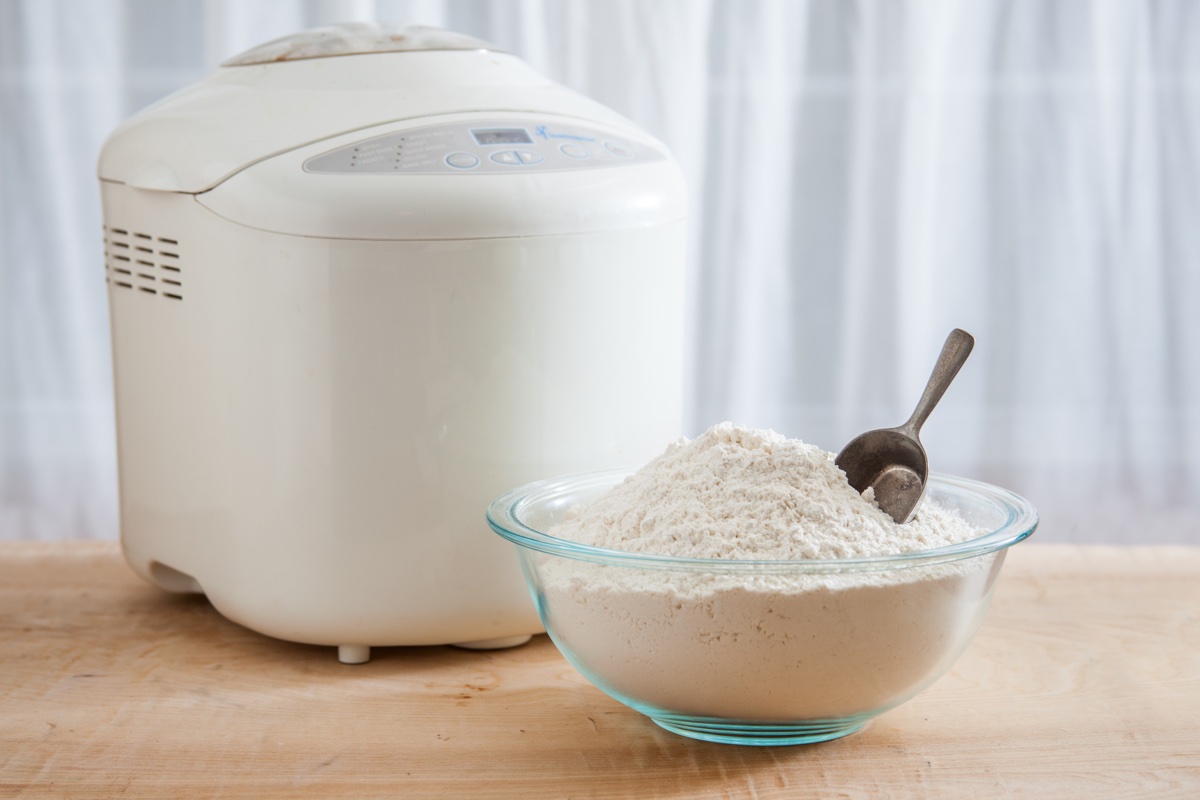
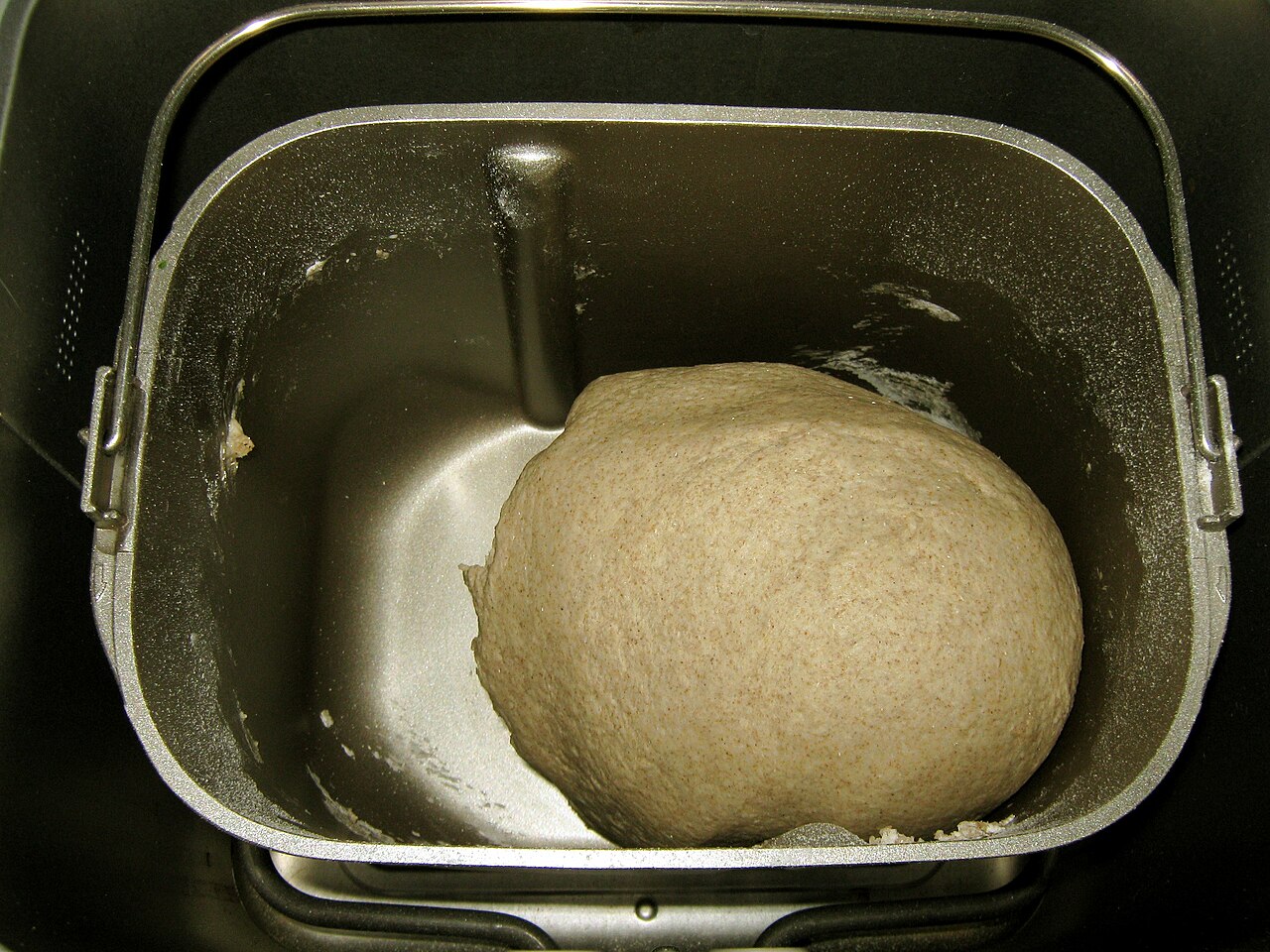
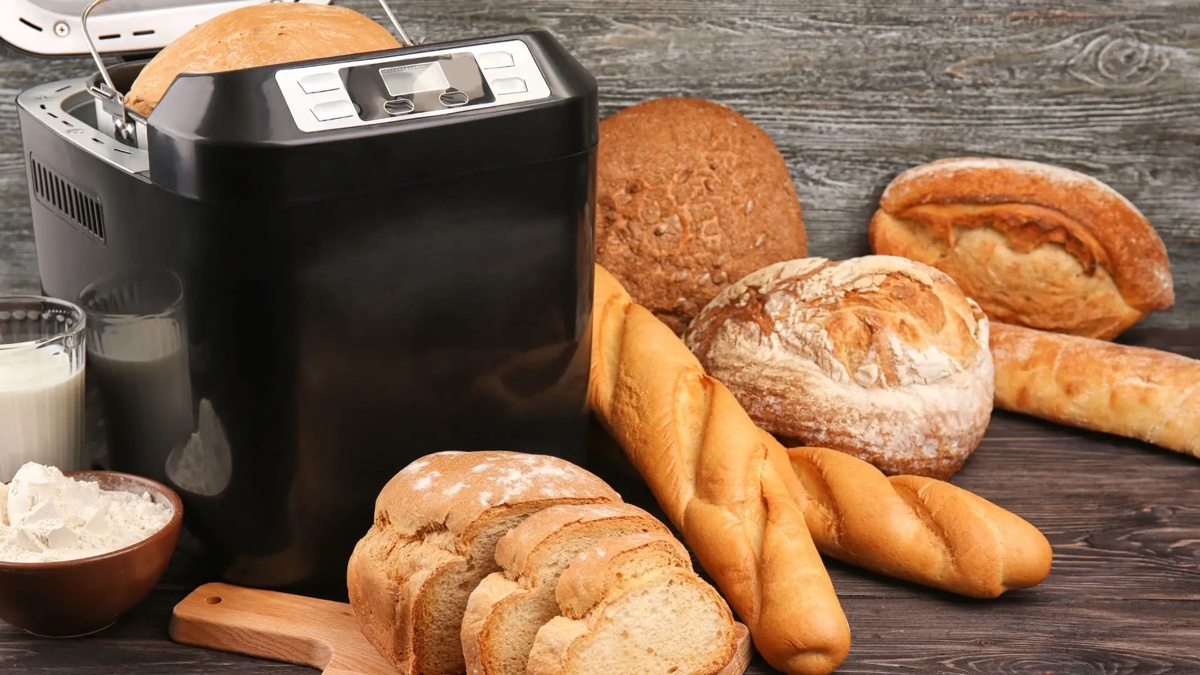
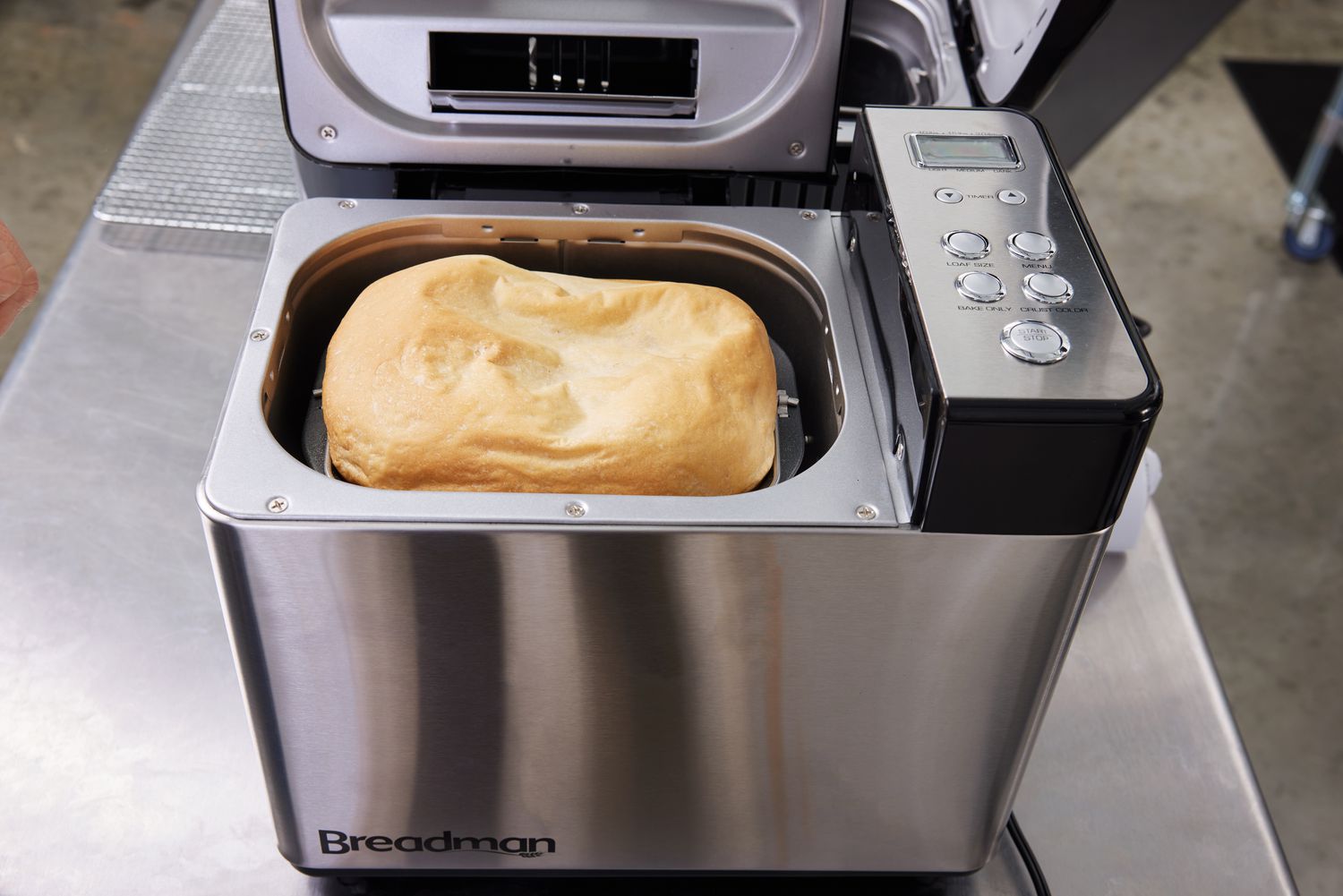
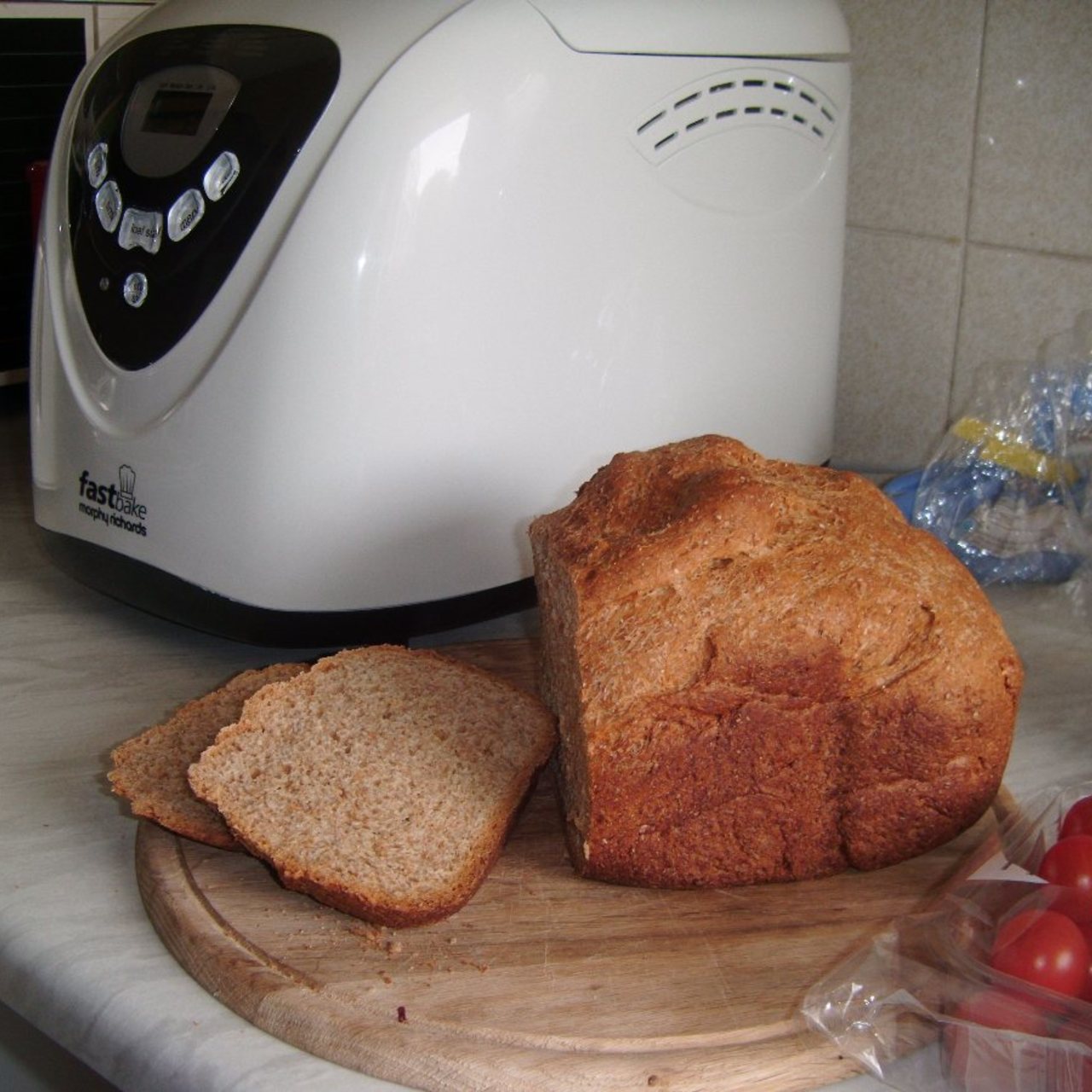
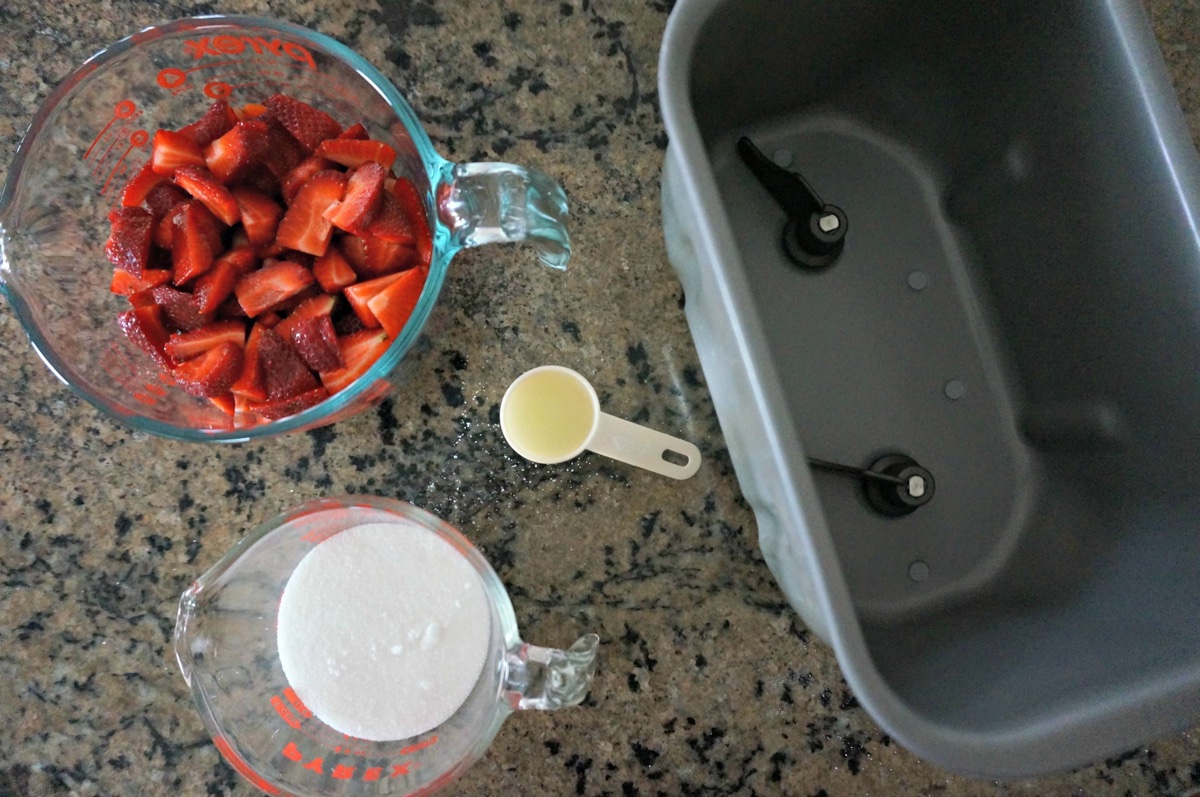
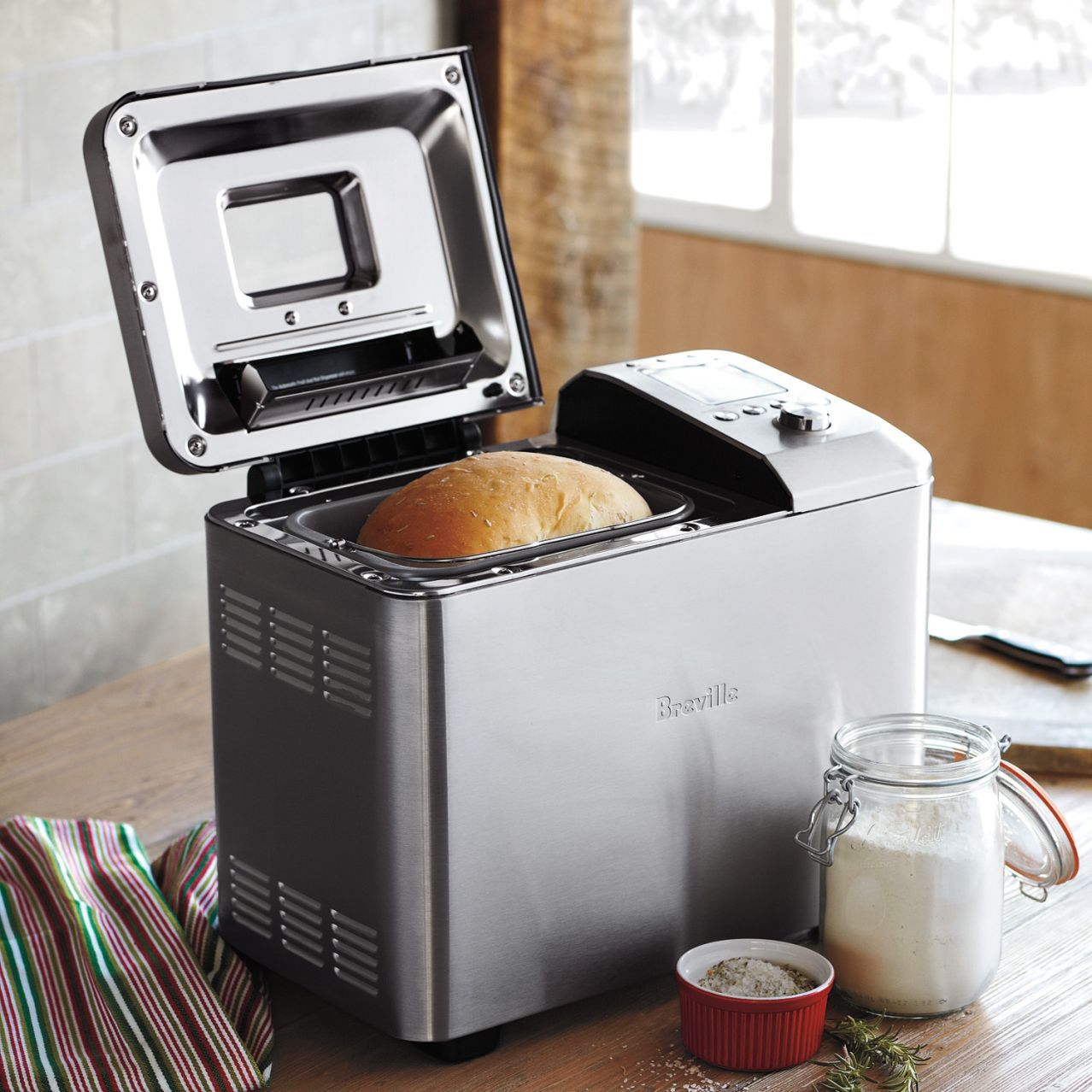
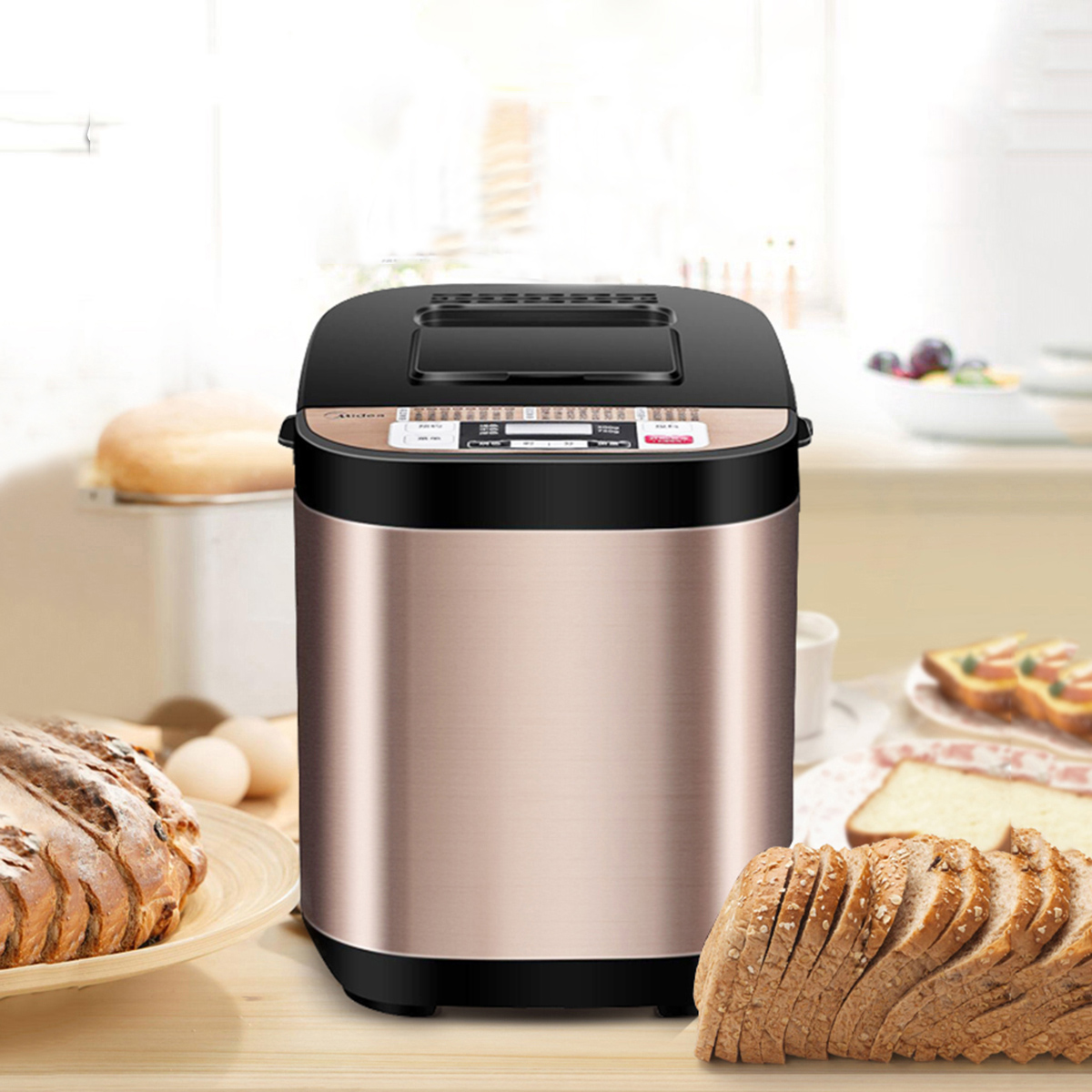
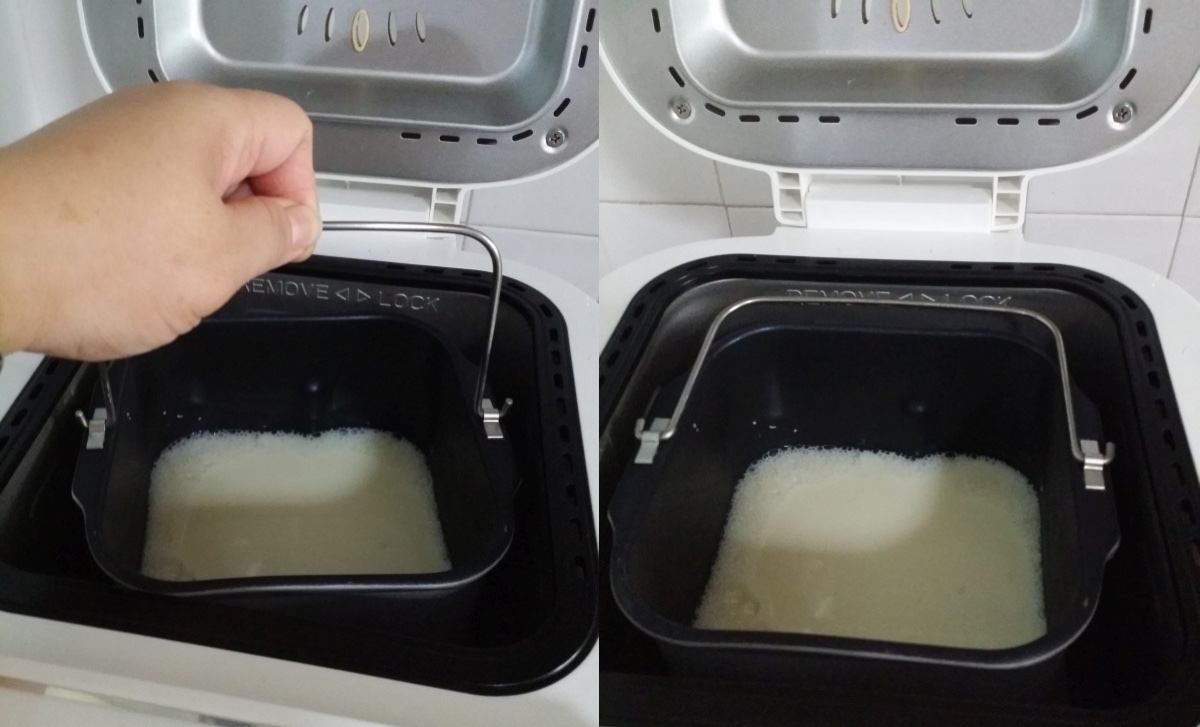
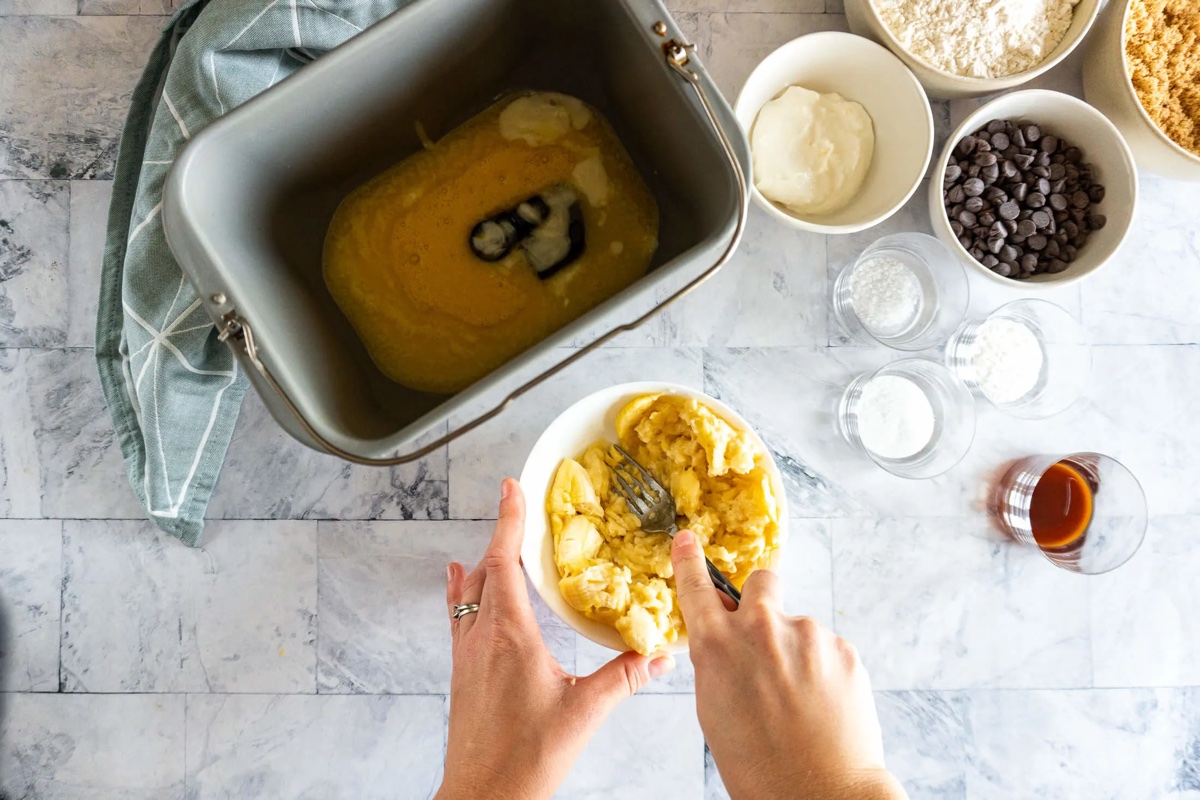
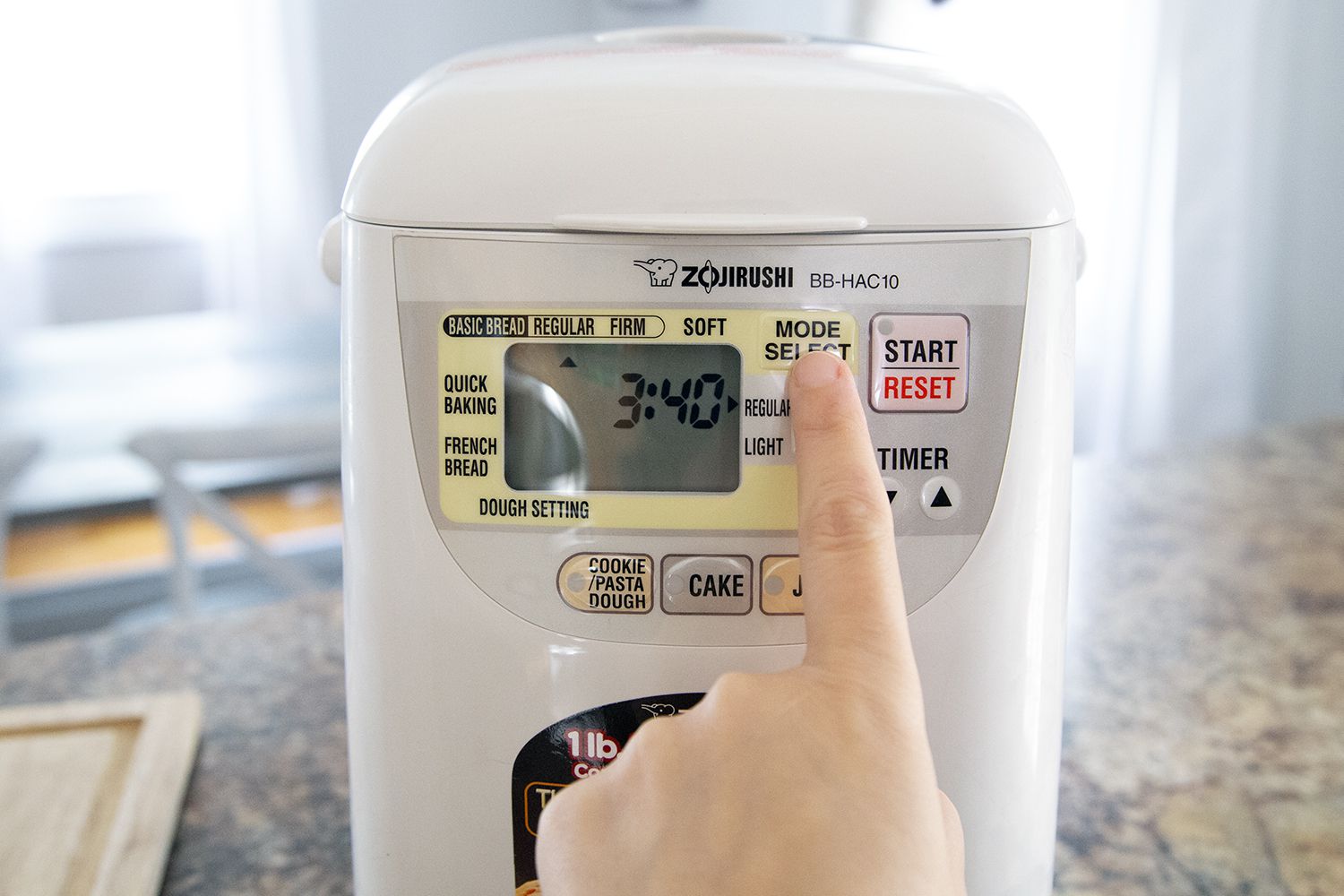
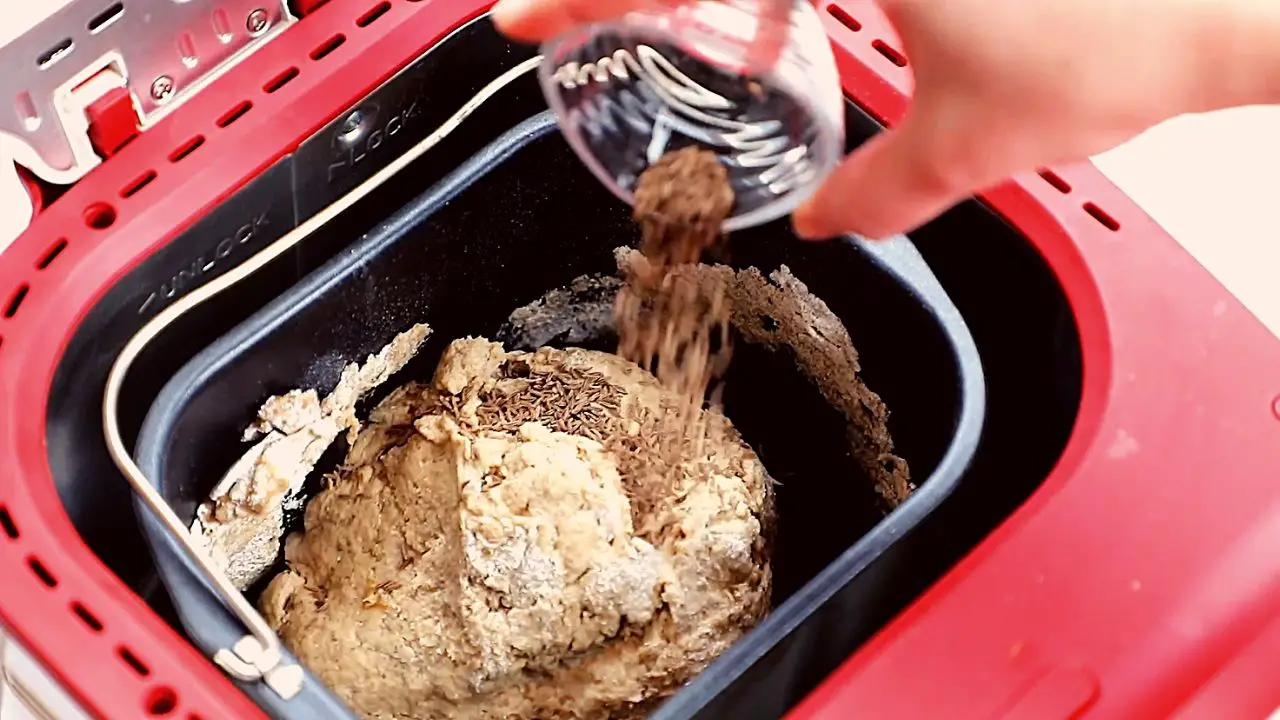
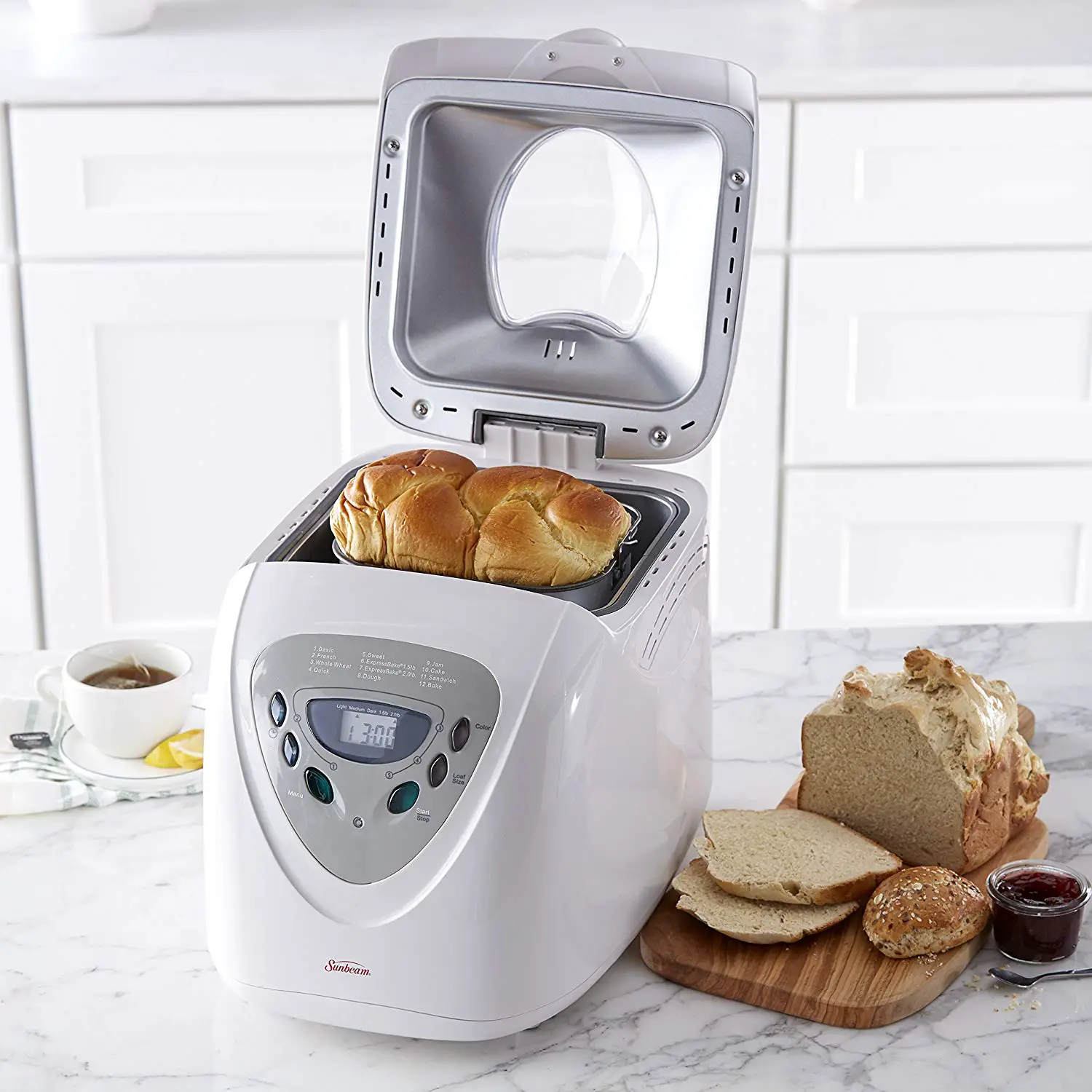

0 thoughts on “How To Use The Bread Machine”